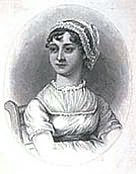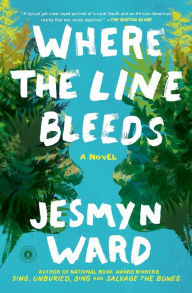David Shapard is the author of The Annotated Pride and Prejudice, The Annotated Persuasion, The Annotated Sense and Sensibility, The Annotated Emma, and The Annotated Northanger Abbey. He graduated with a Ph.D. in European History from the University of California at Berkeley; his specialty was the eighteenth century. Since then he has taught at several colleges, and lives in upstate New York.

Brief Biography
- Date of Birth:
- December 16, 1775
- Date of Death:
- July 18, 1817
- Place of Birth:
- Village of Steventon in Hampshire, England
- Place of Death:
- Winchester, Hampshire, England
- Education:
- Taught at home by her father
















